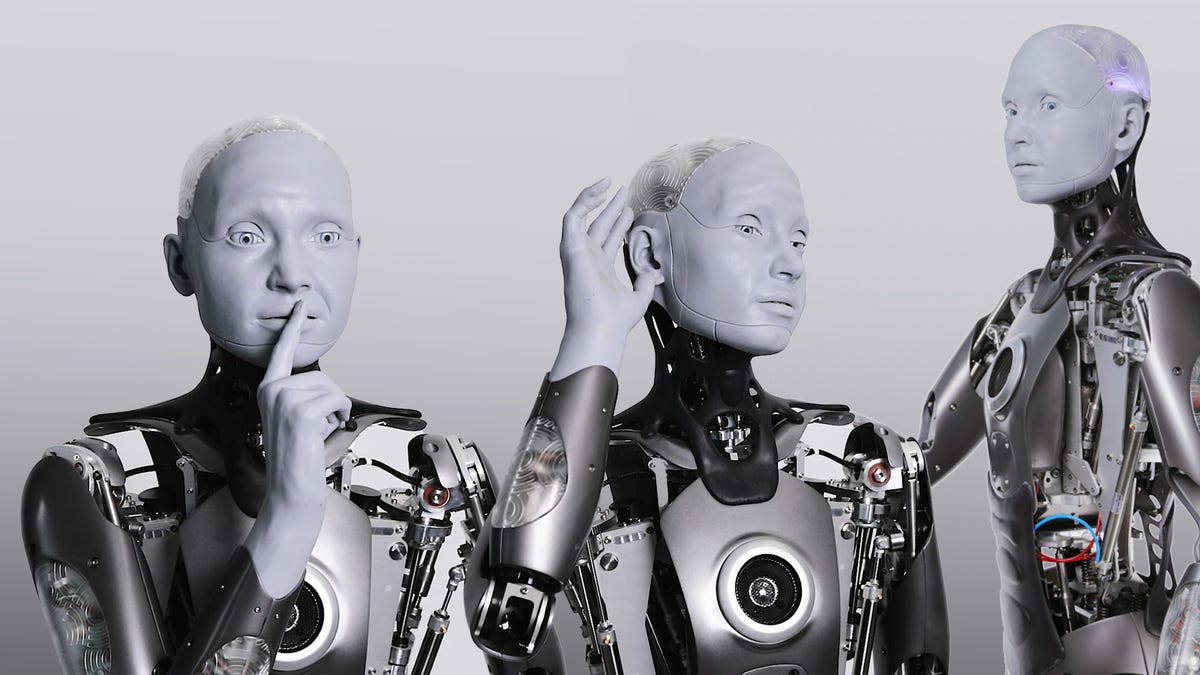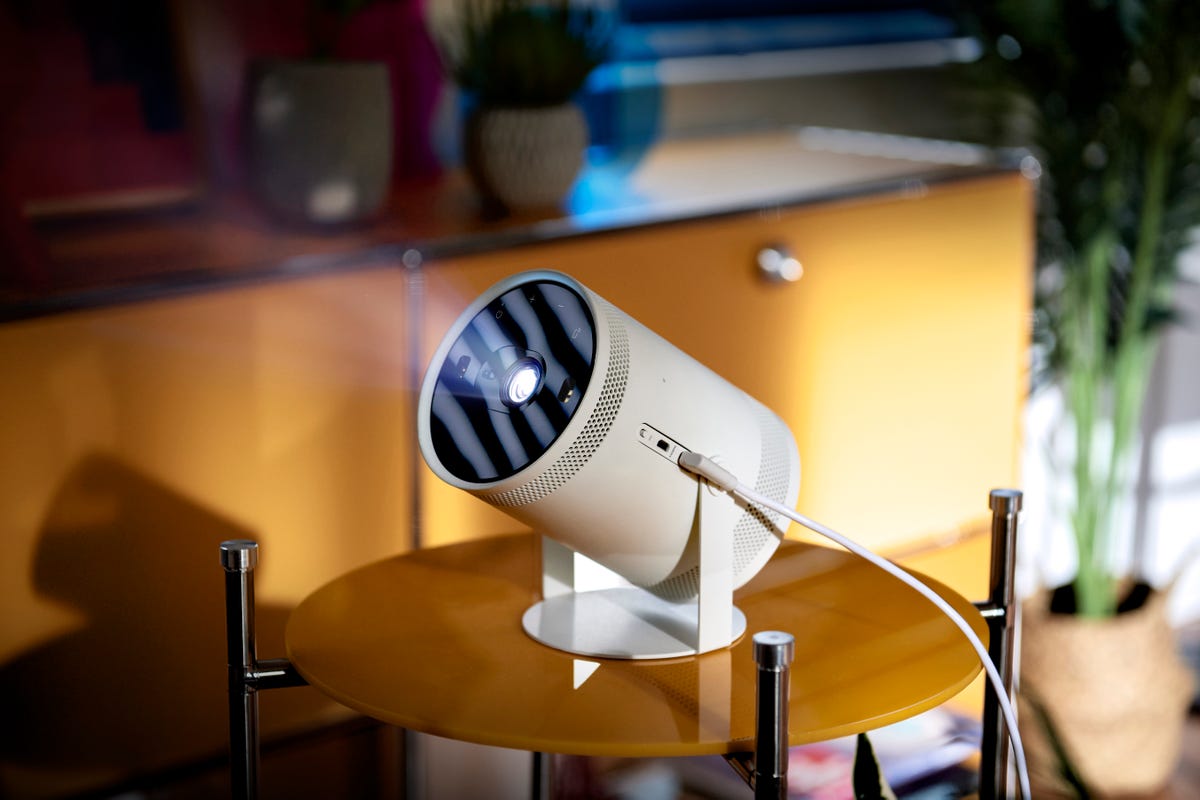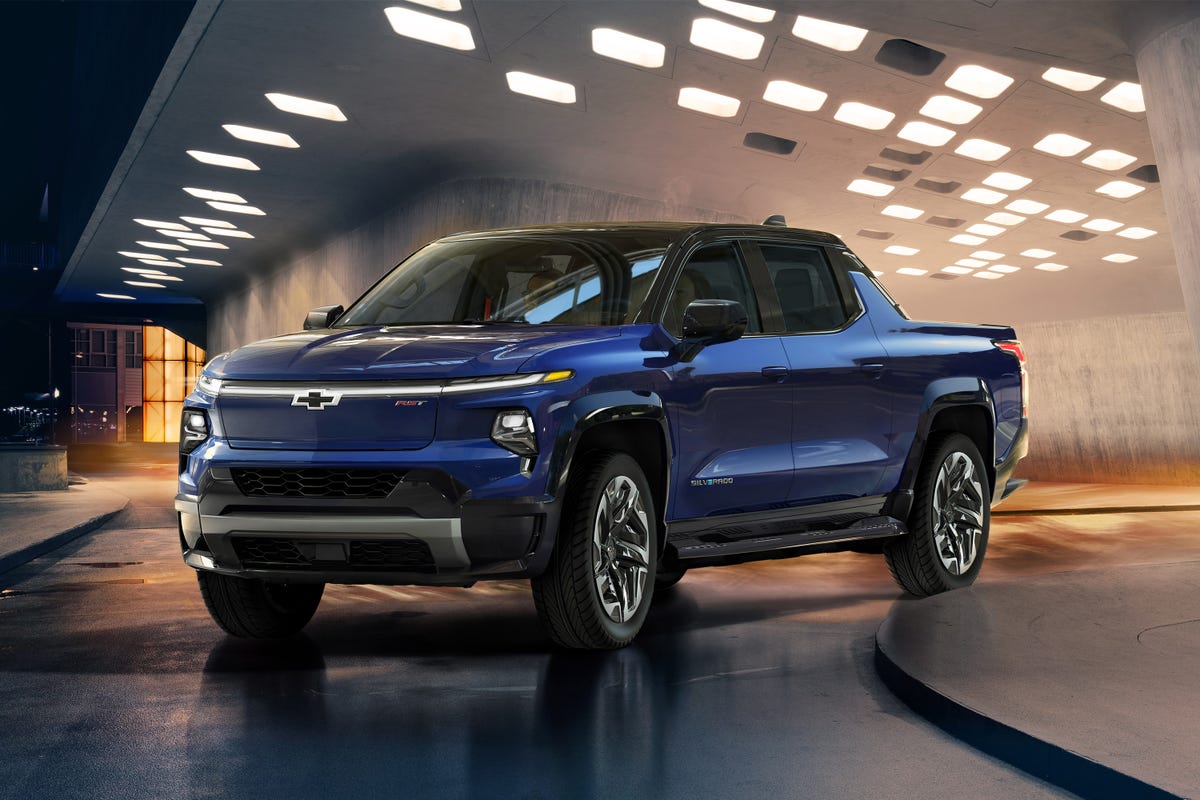Top tech trends 2022 latest technology trends 2022 new trends in technology 2022 tech trends 2022 pdf texas tech football schedule 2022 the everygirl tech backgrounds september 2022 tech the halls 2022 login

The 2022 tech trends everyone will be talking about this year
This story is part of CES, where CNET covers the latest news on the most incredible tech coming soon.
CES has always been a window into what the world of technology will look like down the line. But this year, it also served as a microcosm of our chaotic, messy and unpredictable lives today.
The trade show was adamant about holding a hybrid show with a strong physical presence in 2022. And with things calming down after the delta variant of COVID-19 surged over the summer, that seemed to be a realistic goal. Keynote speakers and big name companies signed on, and it was poised to be one of the first big conferences to go back to in-person events.
Then omicron reared its highly contagious head.
With just a few weeks before the conference kicked off, a raft of companies pulled out or scrapped plans to travel to Las Vegas. T-Mobile CEO Mike Sievert canceled his keynote entirely. Google, Microsoft, AMD and Intel modified their plans. Most of the major media outlets opted to cover the event virtually. The show appeared to be on the verge of collapse.
So was CES a bust? Surprisingly, no. A number of big announcements, from Samsung's first OLED TV to Sony teasing its PlayStation VR 2 system, infused the show with relevance. The automotive industry has steadily increased its presence at the event and didn't disappoint this year. And then there were the lifelike robots.
"It was so surreal -- I wish I could have seen it in person," said CNET Video Producer Claire Reilly after interviewing Ameca, a robot with human-like facial expressions.
The Consumer Technology Association, which puts on the show, said the number of participants ultimately rose as small and medium-sized businesses still saw the value of meeting face to face.
"It's definitely not the same," said Avi Greengart, an analyst for research firm Techsponential who opted at the last minute to attend in person. "There's less value, but it's easier to extract that value."
Here's what we learned from this year's CES.

The Ameca humanoid robot displayed startlingly lifelike expressions.
Engineered Arts/Justin Reynoso/CNET1. CES couldn't overcome COVID-19, but that didn't matter
Given the up-and-down pattern of COVID-19 over the last two years, it shouldn't be a surprise that another badly timed surge disrupted everything. Because of this unpredictability, the CTA from the onset went with a hybrid model that offered the option to attend in person or virtually through a digital platform.
Hybrid is a reality we'll all be living with going forward, with many companies considering hybrid as the new status quo when (if) things get back to normal. This trend will likely ripple through to other conferences as we reassess the value of attending one of these gatherings.
A slew of interesting products, from new laptops from Dell and HP to Samsung's televisions, served as a reminder that there's no substitute for seeing and experiencing things in person. While companies like Lenovo traveled to New York to set up local briefings for early hands-on experiences, there's nothing that can replace a central hub like CES.
While Ameca was captivating over video conference, imagine how much more of an impact it would've had up close.
And those who made the effort were rewarded with a CES free of some of its more notorious annoyances.
"It's a lot easier and more pleasant in some ways," Greengart said. "I can actually grab a cab."

The Samsung Freestyle is a $900 projector that can create a 100-inch picture.
Samsung2. Laptops and TVs are flashy again, and you'll like the new ones
TVs and laptops have a circadian rhythm to their product release cycles that have long been aligned with CES. You can set your clocks by the fact that nearly all of the big vendors unveil their main products in the first week of January.
While many of the TV and computer companies planned to skip this year's CES or pulled out at the last minute because of the spread of omicron, they still did their annual blitz of product announcements to kick off the year.
CNET's lead TV reviewer David Katzmaier rounded up the big developments in TVs and CNET's lead laptop reviewer Dan Ackerman wrote up the cool stuff happening in laptops.
But it's worth calling out a few highlights in each category. Samsung finally revealed an OLED TV to compete with LG's best-in-class picture quality. TCL unveiled its largest TV ever with a 98-inch Roku-powered behemoth. Not to be outdone, LG announced its largest OLED ever with an impressive 97-incher. And Samsung's The Freestyle TV projector -- with its 100-inch picture, 360-degree sound and a $900 price tag -- was a fun surprise.
In computers, the Dell XPS 13 Plus was the biggest attention-getter, making bold design choices for one of the most steady, reliable laptop lines on the market. The new version sports an edge-to-edge keyboard, a new take on a customizable touch bar and a touchpad that runs the entire length of the bottom of the laptop. HP's ultralight Elite Dragonfly laptop came with a svelte new design. The Asus Zenbook 17 Fold offered up a 17.3-inch foldable OLED laptop. Lenovo broke the mold with its ThinkBook Plus Gen 3 dual-display laptop, which comes with an ultrawide 17.3-inch main screen with a 21:10 aspect ratio at 120Hz. It also has a versatile 8-inch second screen to the right of the keyboard that can be used with a stylus for taking notes and put to many other creative uses.

The Dell XPS 13 Plus made bold design choices, including its own version of a touch bar.
Dan Ackerman/CNET3. Phones and 5G provided a meaty unofficial CES
Phones and wireless services don't traditionally play a big role at CES, instead waiting a month or so until the MWC trade show. But this year, they served as a secondary storyline running concurrent with the official CES announcements.
The biggest was the spat between the wireless carriers and the Federal Aviation Administration and Transportation Secretary Pete Buttigieg, over a request for Verizon and AT&T to delay the rollout of their upgraded 5G networks because of concerns over interference with airplane equipment. The request was made on New Year's Eve, prompting the carriers to quickly reject it, setting up a potential legal clash.
But the two sides later came to an agreement, leading to Verizon making a splashy announcement about the coming 5G upgrades (which will go live after that two-week delay). AT&T had pulled out of CES and kept relatively mum during this stretch.
On the phone side, OnePlus made a splash by teasing its OnePlus 10 Pro out of China (right in the middle of CES's media day). While technically part of CES, Samsung opted to front-run everyone by unveiling its Galaxy S21 Fan Edition Monday last week.
More officially, the TCL 30 V 5G and TCL XE 5G made their debut at CES 2022, and will be out as soon as February. HMD Global, the Finnish startup making Nokia-branded handsets, showed off five new phones hitting the US in the coming months. They range from the 5G Nokia G400 ($239) to the retro Nokia 2760 flip phone ($79).
The takeaway: Don't sleep on mobile news at the beginning of the year, and get ready for big changes to your wireless experience in 2022.
4. Smart glasses could have an iPad moment in 2022
When the iPad was announced in April 2010, it was one of the worst-kept secrets in tech. Before it even launched, lots of other tech companies had announced their own tablets -- and afterwards, the stampede only got more crowded.
Augmented reality glasses could be approaching an iPad-like moment in 2022 with supply chain leaks linking Apple to the launch of AR glasses or an AR/VR headset later this year. The competition doesn't intend to get caught flat-footed. CES 2022 saw a tidal wave of AR, virtual reality and metaverse announcements.
TCL unveiled both its vision for future AR smart glasses and its NXTWear Air glasses that work as an external display that is the equivalent of watching a 140-inch TV. Sony showed off the PlayStation VR 2. Mojo Vision came with its latest prototype for smart contact lenses. Qualcomm and Microsoft told the world that they will partner on chips for future AR glasses. Panasonic demonstrated a pair of $900 SteamVR goggles with a steampunk look. And "metaverse" became the hottest and most ridiculous buzzword at CES 2022, as this wonderful Twitter thread from @NimaZeighami demonstrates.
Expect a lot more hype around AR glasses this year, even though the products released are likely to be little more than clunky prototypes. At least they'll give us all stories to entertain the grandkids in a couple decades.

TCL NXTWear Air glasses are a wearable display that plugs into devices via a USB-C cable (seen coming from the right side).
TCL5. The EV tsunami is about to come ashore
While there was no shortage of far-future fantasy in the automotive category at this year's CES (lookin' at you, Hyundai), the most exciting stuff was more tangible -- things like the new Chevy Silverado EV. GM CEO Mary Barra debuted the company's all-electric pick-up, showing off a number of different flavors and some impressive numbers. Most impressive? 400 miles of range on a charge. Also impressive? The $105,000 manufacturer-suggested retail price the Launch Edition will carry. Yeah, yikes. Cheaper versions will come though. And then there's the electric Equinox, which will start at just $30,000.
While EVs were everywhere, autonomy continued to be a major push. Here again GM was making waves, talking up its latest integrations with Cruise for an autonomous ride-hailing service. Even more interesting was the talk around Ultra Cruise, the next step beyond Super Cruise. This will offer true hands-off driving even on local roads. The Cadillac Celestiq will be the first to offer this when it arrives in 2023. That's just next year, people. Get ready.
"CES turned out to be the best auto show in years," said Chris Paukert, executive editor of CNET Roadshow.

The Chevy Silverado EV made its debut at CES 2022.
ChevroletThat's a wrap
While CES 2022 became yet another unconventional show in our unconventional reality, it still had plenty of useful, interesting and futuristic stuff to nerd out about. There were robots that would have made the Terminator jealous. BMW showed off a car that can change colors, similar to the way you change desktop wallpaper on your computer. Razer's high-tech face mask from last year even took another run at being a wearable air purifier.
The main halls in Las Vegas have been eerily empty, and in-person attendees got to pick stickers for announcing how much physical contact they're comfortable with. But the show did go on -- with plenty of stuff that the world will be talking about throughout 2022.
Source
